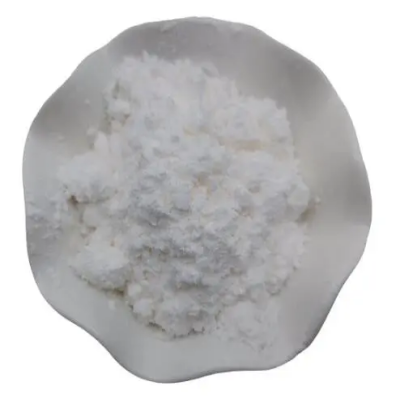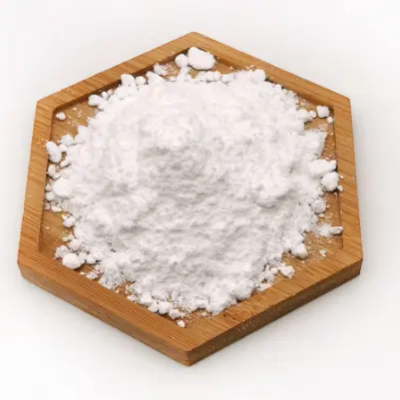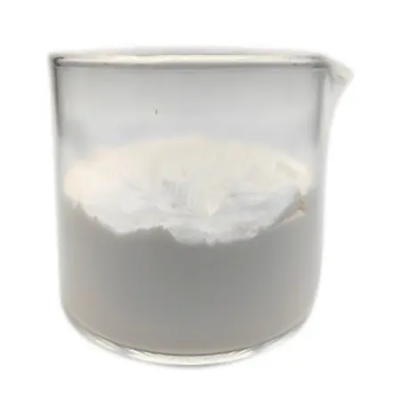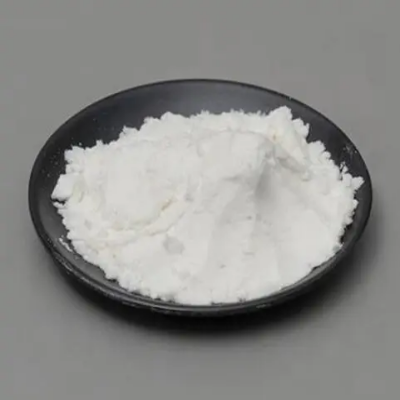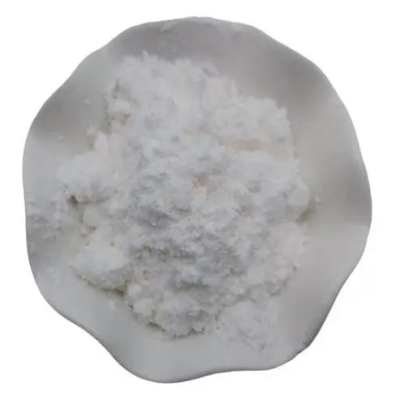BIOTIN HYDRAZIDE CAS:66640-86-6
Biotin hydrazide, with the chemical formula C₁₃H₁₈N₄O₃S, is synthesized through the reaction of biotin with hydrazine or related hydrazide derivatives. This modification introduces a hydrazide group to the biotin structure, which significantly alters its chemical properties and enhances its utility in biological applications. One of the primary applications of biotin hydrazide is in the area of affinity labeling and protein bioconjugation. The hydrazide functional group can readily react with carbonyl-containing compounds, such as aldehydes and ketones, forming stable hydrazone bonds. This reactivity allows researchers to label proteins and other biomolecules with biotin, facilitating their isolation and detection using avidin or streptavidin-based methods. The strong interaction between biotin and avidin makes this approach invaluable for purifying proteins from complex mixtures and studying their functions within biological systems. Additionally, biotin hydrazide is employed in various biotechnological applications, such as developing biosensors and diagnostic tools. By attaching biotin-labeled probes to surfaces, researchers can create highly specific sensors that detect target biomolecules through the formation of stable complexes. These biosensors find applications in medical diagnostics, environmental monitoring, and food safety testing. Moreover, biotin hydrazide can be utilized in the synthesis of biotinylated drug delivery systems, enhancing the bioavailability of therapeutic agents. By linking drugs to biotin, researchers can leverage the natural uptake mechanisms of cells that express avidin-like receptors, optimizing drug delivery to targeted tissues. In summary, biotin hydrazide is a significant compound in modern biochemical research and biotechnology. Its unique structure, combined with the versatile reactivity of the hydrazide group, allows for innovative applications in protein labeling, biosensor development, and drug delivery systems. Understanding its properties and potential uses opens avenues for advancements in molecular biology, diagnostics, and therapeutic strategies, emphasizing its relevance in contemporary scientific inquiry.



| Composition | C10H18N4O2S |
| Assay | 99% |
| Appearance | white powder |
| CAS No. | 66640-86-6 |
| Packing | Small and bulk |
| Shelf Life | 2 years |
| Storage | Store in cool and dry area |
| Certification | ISO. |




